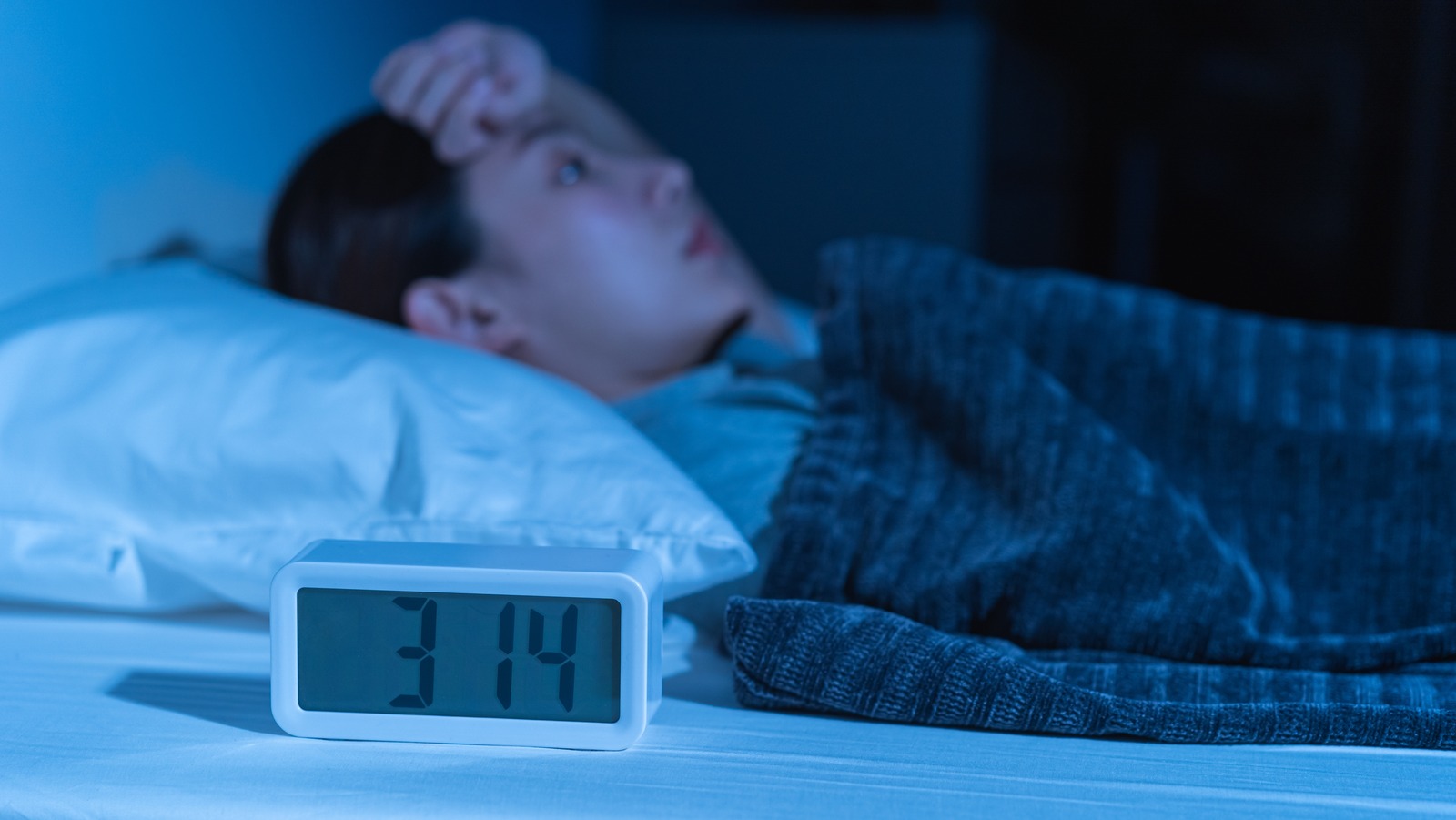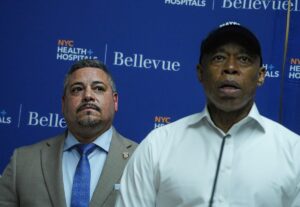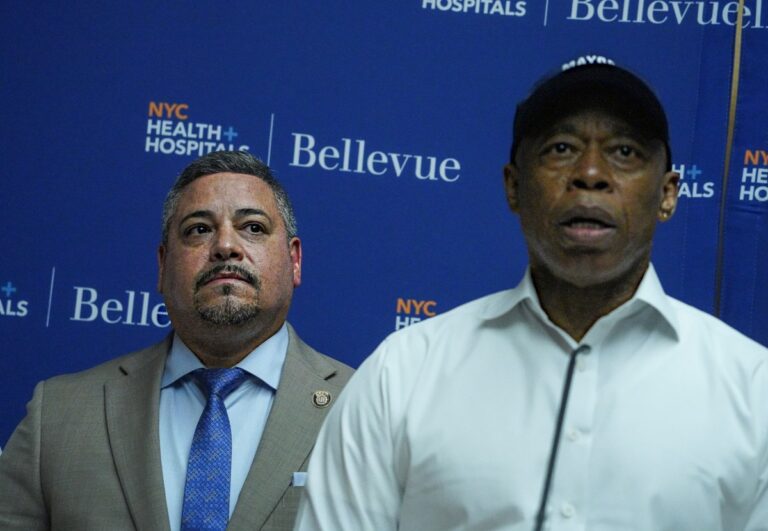
As outlined in a 2019 research article published in Brain Sciences, there is such a thing as joint insomnia and sleep apnea — aptly named comorbid insomnia and sleep apnea (COMISA). With prevalence rates standing at approximately 30% to 50%, people with the disorder often experience fatigue, daytime sleepiness, poor quality of sleep, and more. With sleep apnea and insomnia each sharing these symptoms, how can we differentiate between the two?
While both disorders can leave us staring up at the ceiling as the minutes tick by, taking note of what point during the night you find yourself lying awake may give you a clue as to whether you’re dealing with sleep apnea rather than insomnia. Insomnia is often characterized by difficulty initiating sleep, while sleep apnea is more closely correlated with wake-ups in the middle of the night. Therefore, if you’re still wide awake long after you’ve climbed into bed, the culprit is likely insomnia. On the other hand, if you’re someone who falls asleep rather quickly (a study published in the 2015 textbook “Sleep Medicine Pearls” notes that people with obstructive sleep apnea tend to fall asleep within six to seven minutes), but you’re lying awake at night because you’ve been roused from sleep, it may be a sign that you’re instead dealing with sleep apnea. Another potential warning sign is if you share a bedroom with another person, and they mention that you tend to be a loud snorer.






















